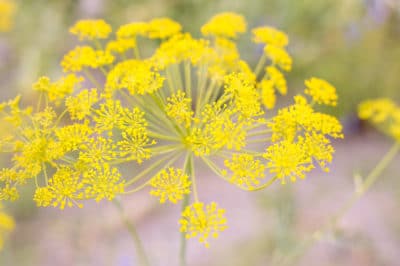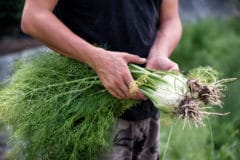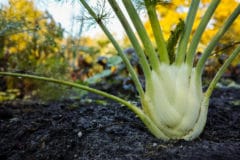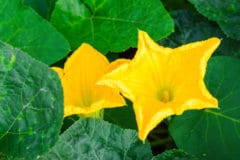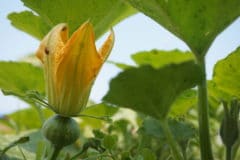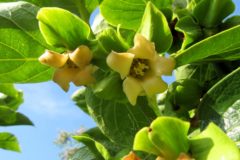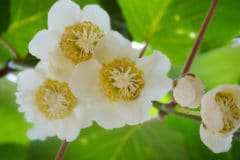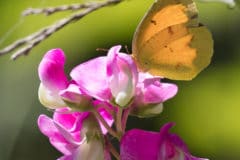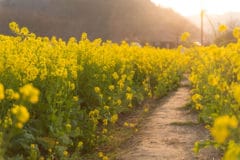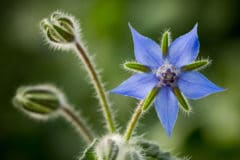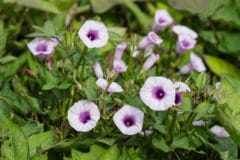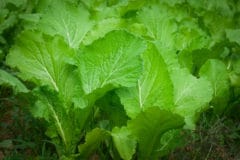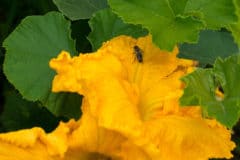Useful Plant
Pollinator attractant, fresh herbal tea, ground spice, herbal medicine, household cleaner, air freshener, the list of uses for fennel goes on and on. Don’t stop at growing fennel for its vegetable-like bulb. Consider all the other parts of the plant that are useful:
- Stalk – often used in smoking sheds to add flavor
- Leaf – used as a fresh herb in teas, recipes, and tonics
- Bulb – high in vitamin C and fiber and cooked as a vegetable
- Flower – attracts beneficial insects and makes yellow dye
- Pollen – highly valued cooking spice
- Seed – used as a spice, eaten raw or planted
Fennel Flower
The fennel flower in the garden adds a whole new layer of life. The bright yellow umbel-shaped flower clusters form little landing platforms for bees and butterflies in the months of July and August. Fennel and its carrot family relatives are a favorite food of the growing swallowtail caterpillar. Add fennel flowers to your garden to see more butterflies.
The flowers and leaves are used to create dyes ranging in color from bright yellow to green. Different additives and mordants will create different strengths of color and shades.
Fennel Pollen
Farmers of fennel harvest it for its different attributes at different times throughout the year. Fennel pollen is a lesser-known resource that some farmers prize. This can be the most expensive part of a fennel plant, selling for between 20-80 U.S. dollars per ounce.
Fennel flowers are cut at peak season and put into paper bags to dry. Once dry the bags are shaken allowing all the pollen to fall from the dried flowers. This yellow powder packs a huge punch of sweet licorice-like fennel flavor. It is said that fennel pollen is sweeter and 100 times more intense than fennel seed.
Fennel Seed
The seed is the most commonly used part of the fennel plant. The seeds carry loads of flavor and store for very long periods of time. After the flowers bloom and wilt, the blooms on the flower heads are replaced with seeds. Similar to caraway seeds in weight, shape, and color, fennel seeds are ripe when they turn brown and the plants’ leaf stalks start to yellow.
To harvest fennel seed, snip off the seed heads into a paper bag. Store this bag in a dry location until it is bone dry and the seeds readily fall off the foliage. Shake or pick them off of the heads and store them in a jar for use in recipes, or for next years’ garden.
